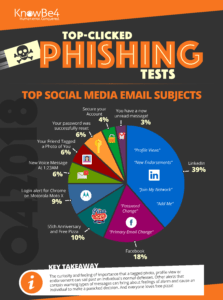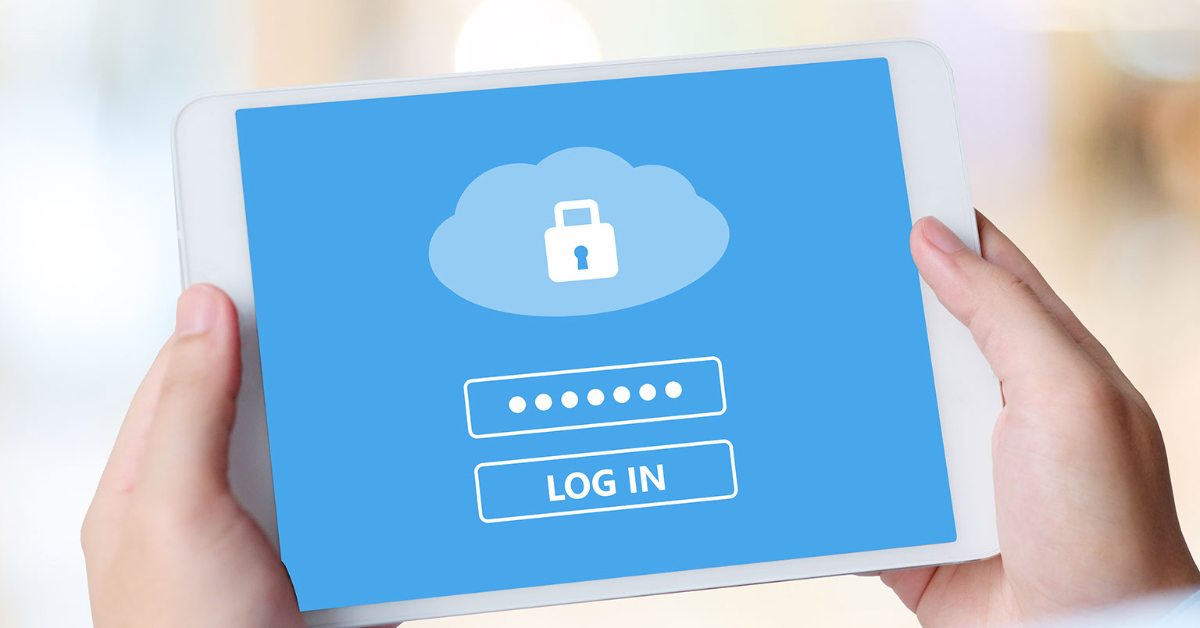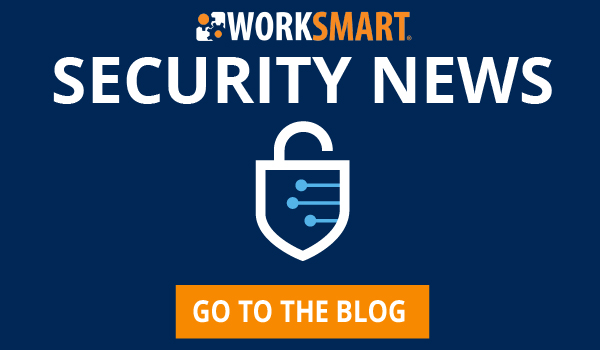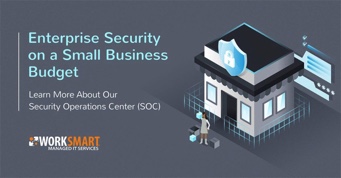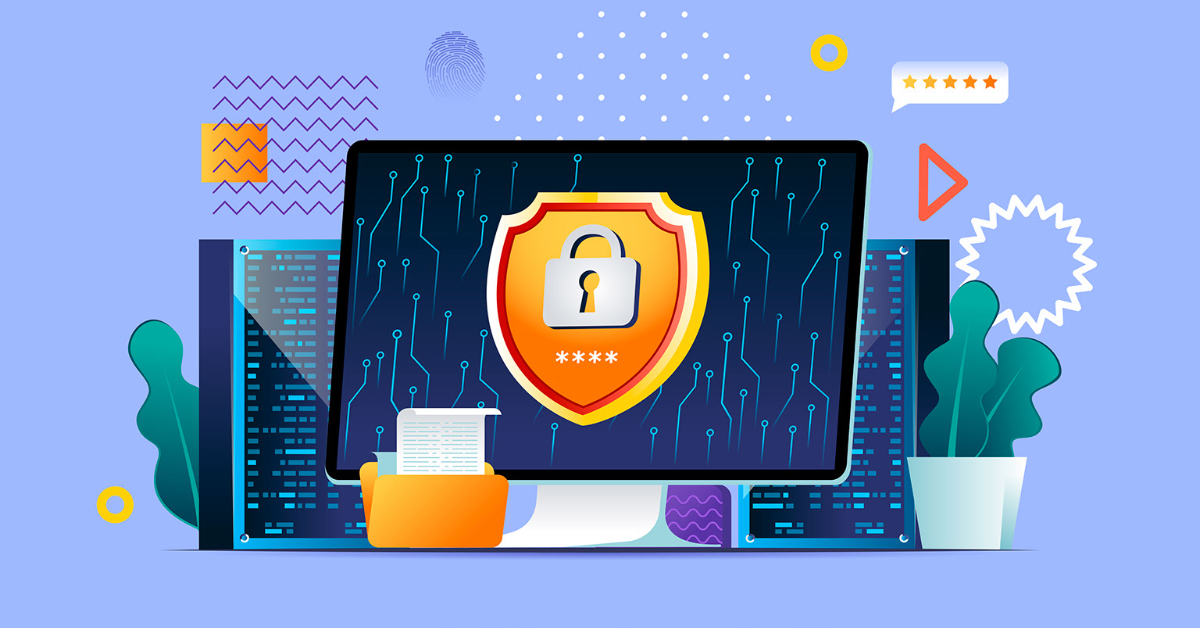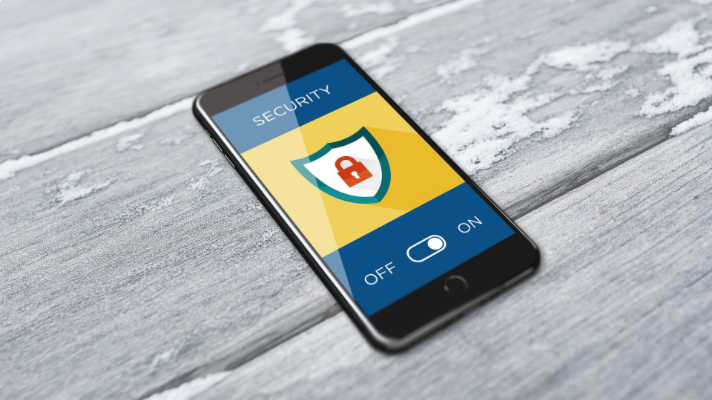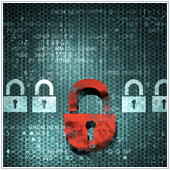It doesn’t. There are critical tools every organization needs in place to protect against cyber threats. Firewalls, anti-virus software, managed DNS, and encryption are a few you may already be using. But no protection is 100% effective at stopping hackers, because the bad guys are evolving their tools as often as the good guys are developing protections.
